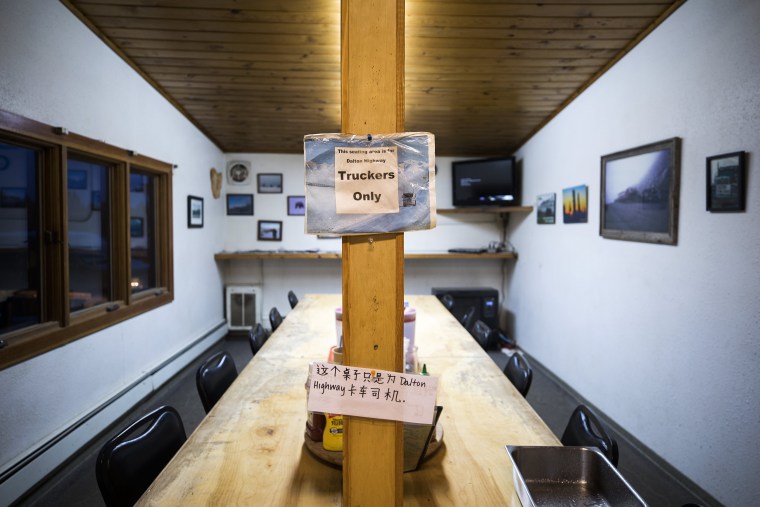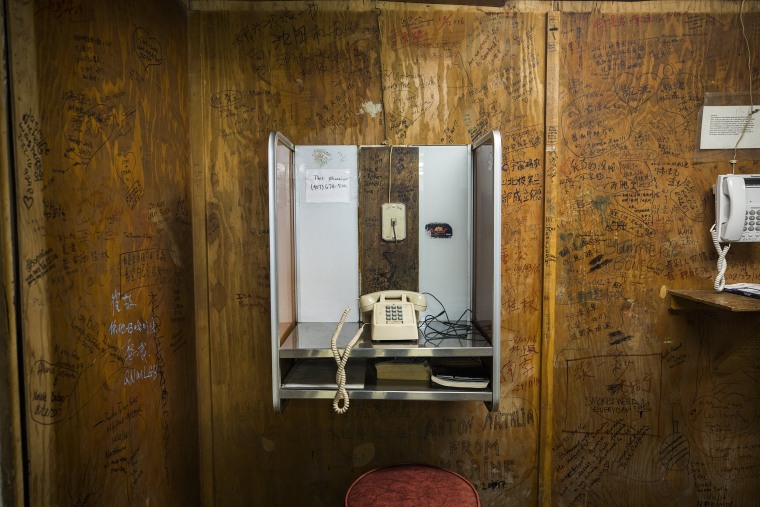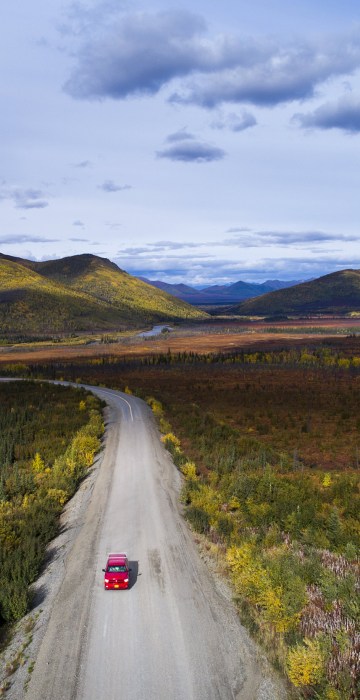
U.S. news
Disconnect From Reality — and Modern Conveniences — on Alaska's Dalton Highway
For those who believe in the road trip as an old-fashioned way of tuning out, then the Dalton Highway is the perfect choice.
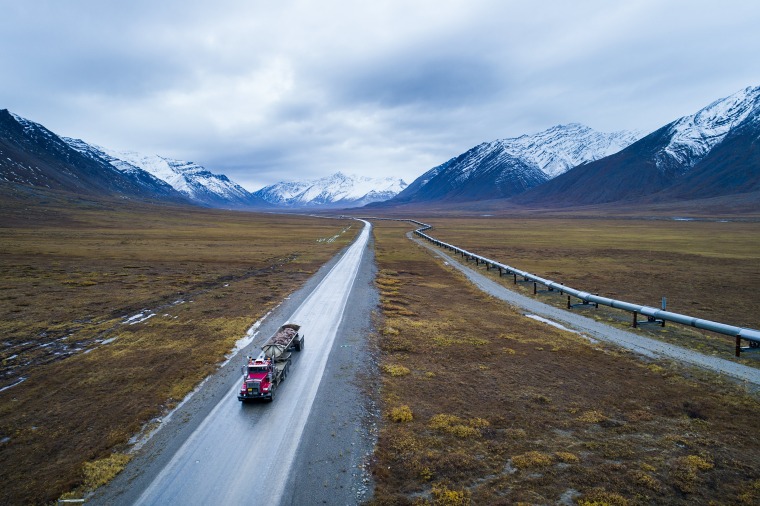
A truck rolls north along the Dalton Highway through the Brooks Range near Atigun Pass, Alaska, on Sept. 6, 2017. Stretching 414 miles north from central Alaska to Prudhoe Bay, the Dalton Highway is one of America's northernmost roads and arguably its most remote.
Built as a supply road for the Trans-Alaska Pipeline, the Dalton was opened to public use in 1981. Largely gravel and littered with potholes, a round-trip drive takes four days. Though it still offers few facilities and no radio, cell service, or internet, the Haul Road, as it is often called, rewards its rare visitors with spectacular Arctic scenery.
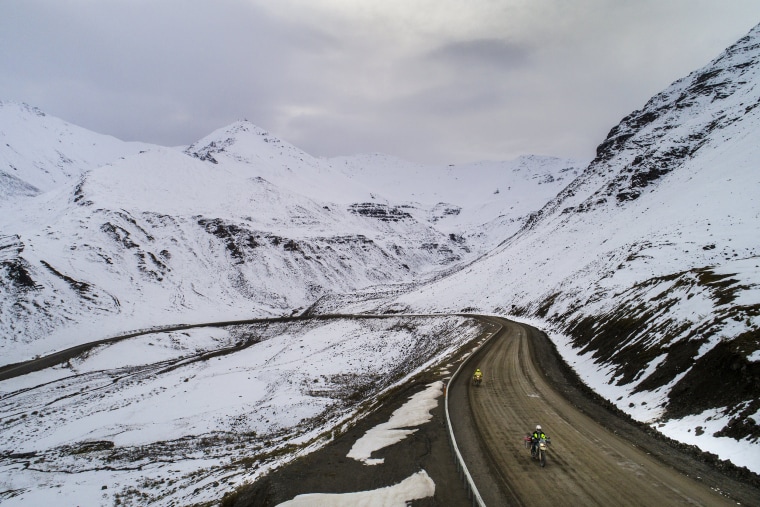
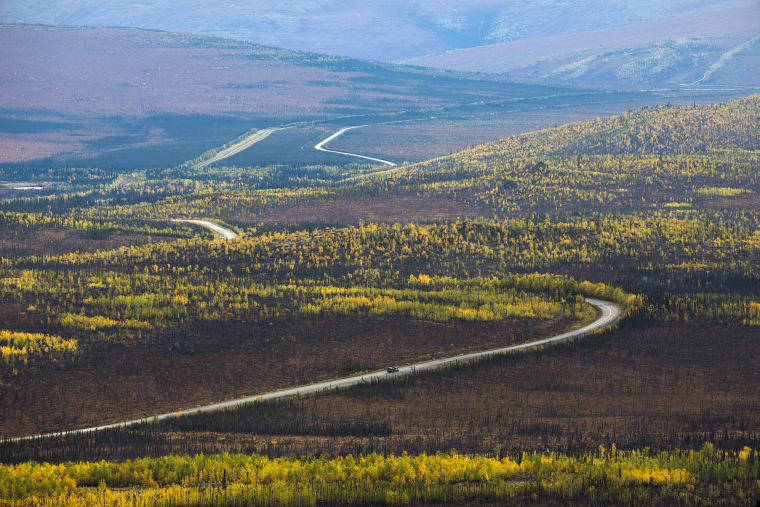

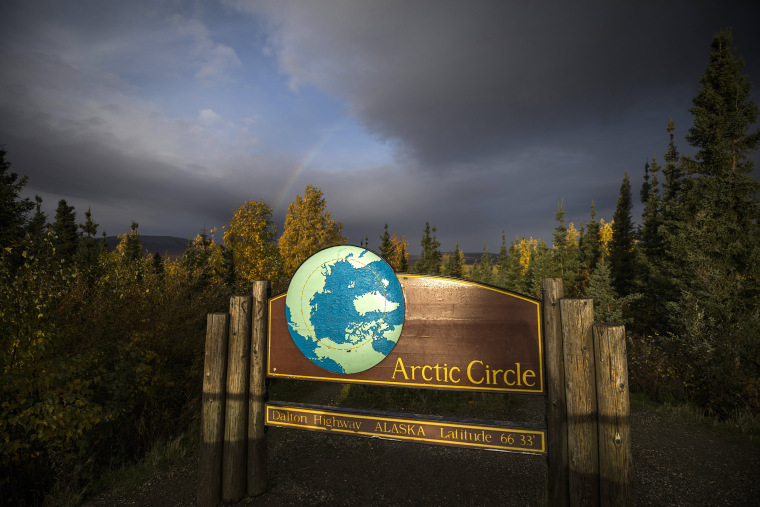

A message is scrawled on the Trans-Alaska Pipeline along the Dalton Highway near Wiseman on Sept. 4.
Built by the Alyeska Pipeline Company in 1974 as the haul road for the Alaskan pipeline, which runs alongside it, the Dalton is mostly gravel, and not for the faint of heart. Basketball-sized potholes litter the road, and giant supply trucks kick up great clouds of dust and rock as they barrel between Fairbanks and the oil fields on the North Slope.

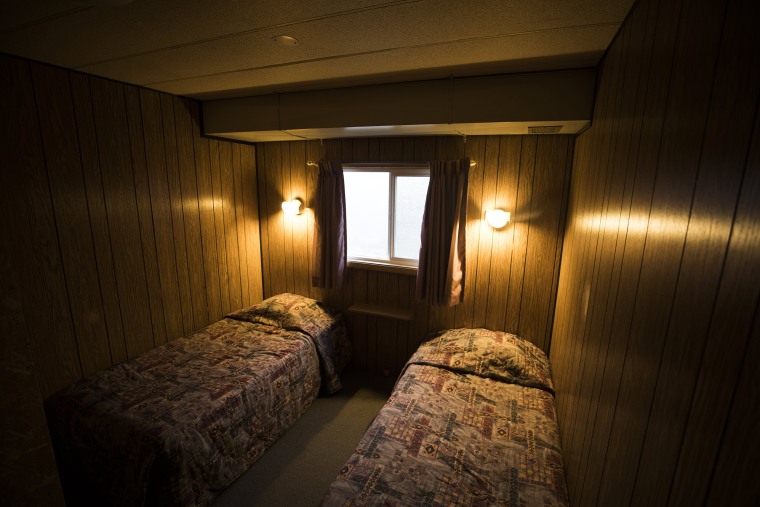
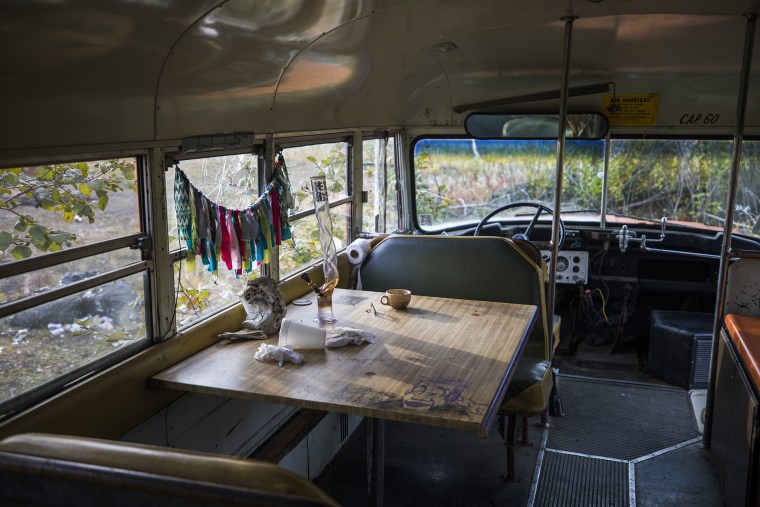
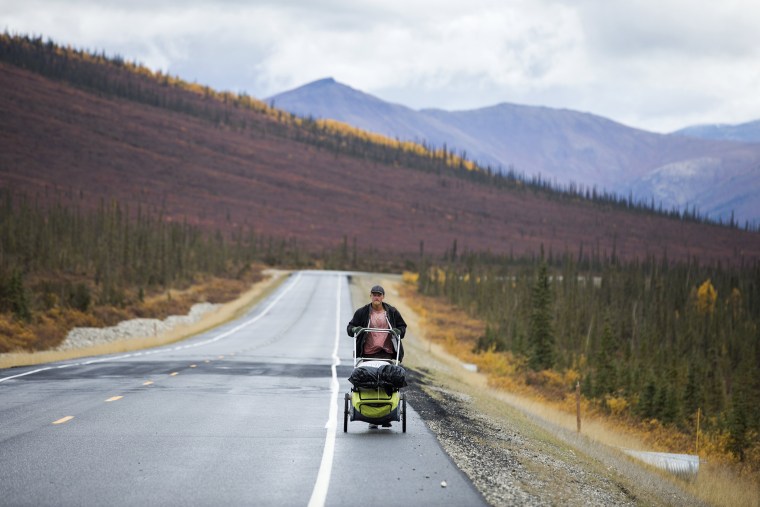
Daniel Johnson-Utsogn pushes a children's bike trailer full of his belongings along the Dalton Highway in the final days of a four-year-long walk from New York City to Prudhoe Bay near Wiseman on Sept. 6. The 23-year-old adventurer said he walked more than 25,000 miles through 49 states.
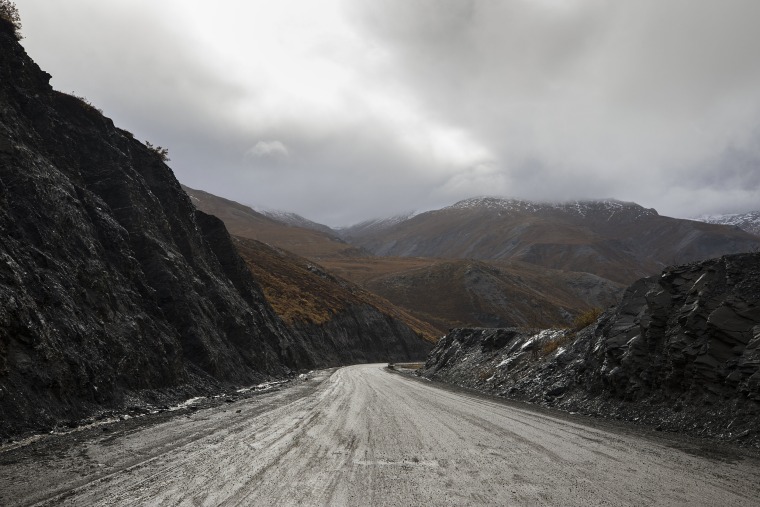
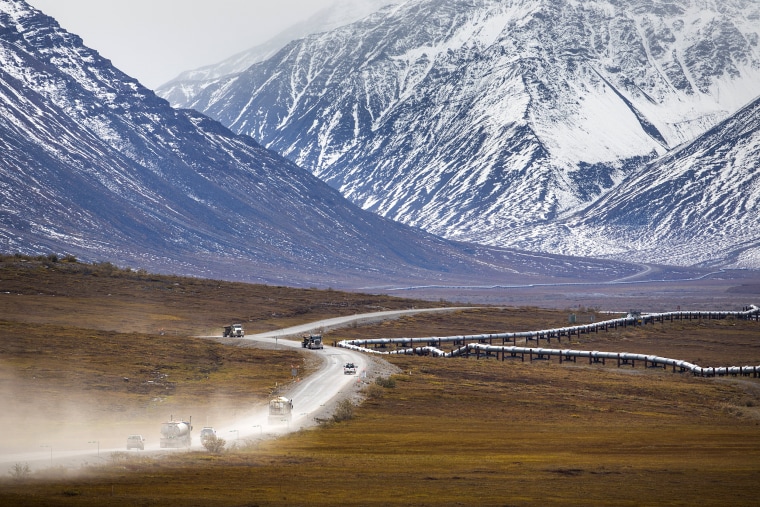

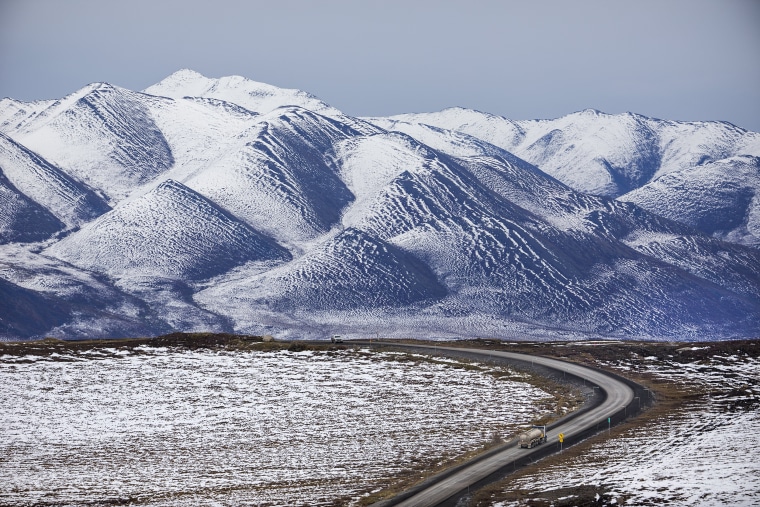

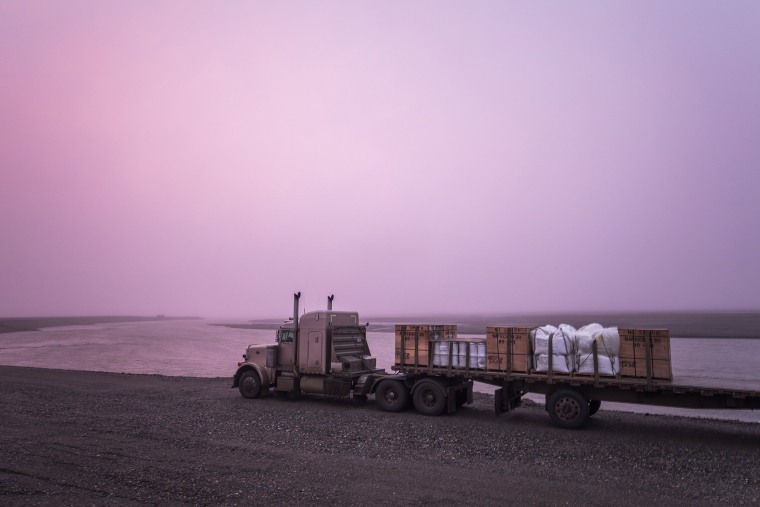

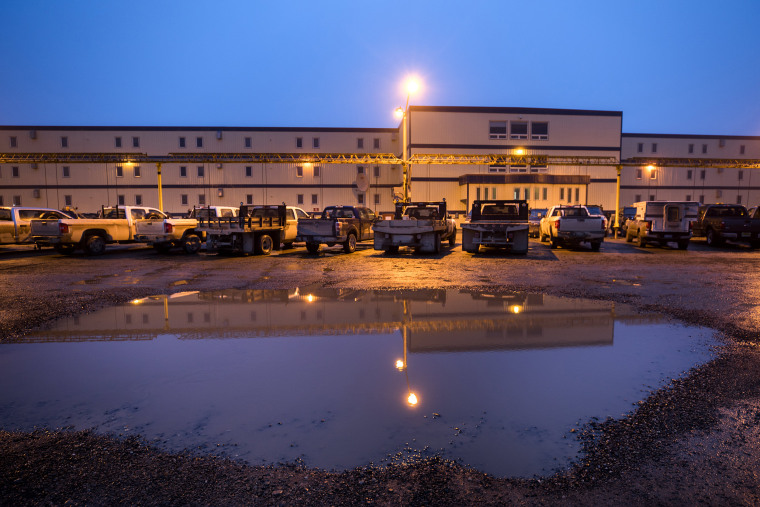
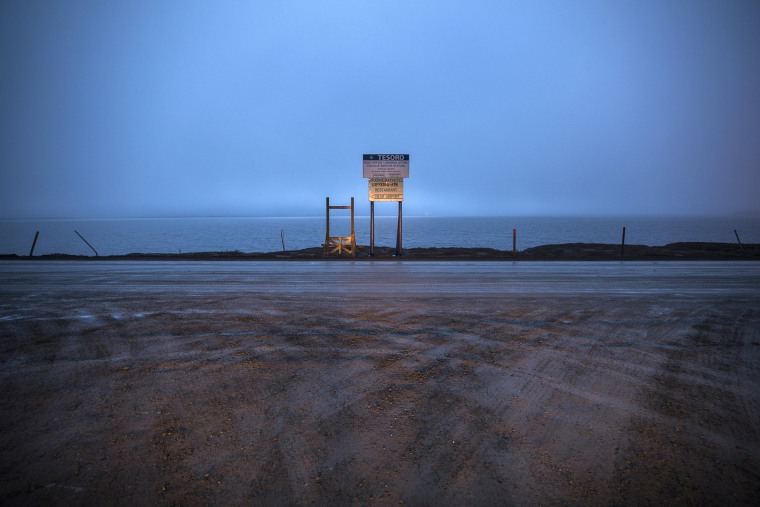
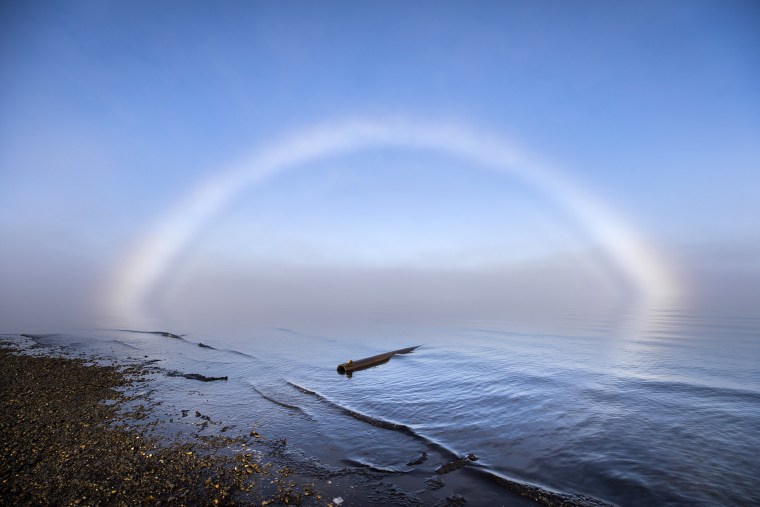
A fog bow floats above the Arctic Ocean near the end of the Dalton Highway in Prudhoe Bay on Sept. 5. Though the Dalton ends 10 miles south of the Arctic Ocean in nearby Deadhorse, visitors can take a shuttle through the Prudhoe Bay Oil Fields, where public access is restricted, to reach the ocean.

